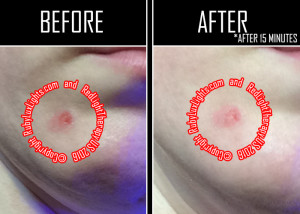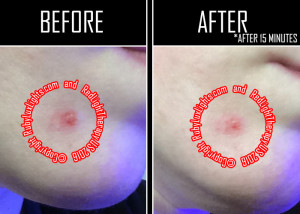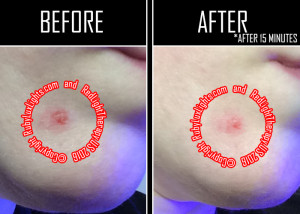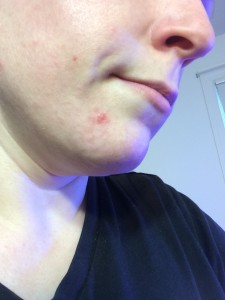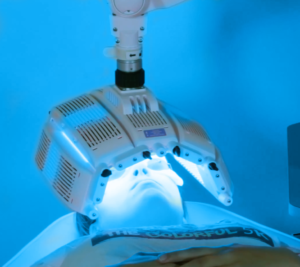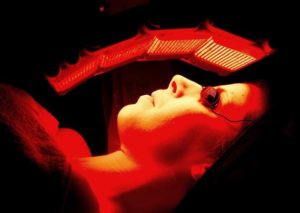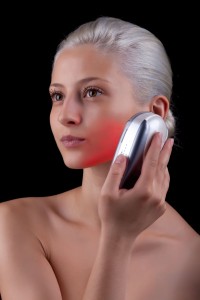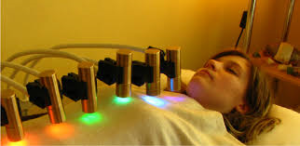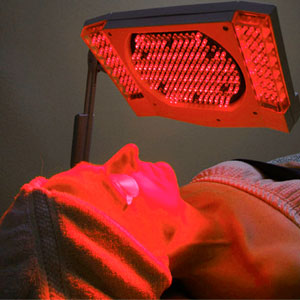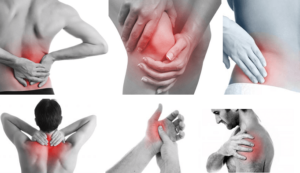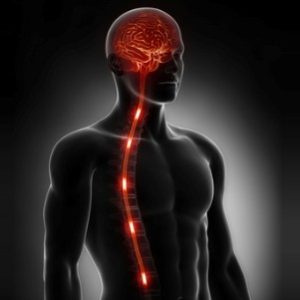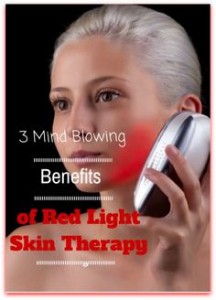 Red light therapy benefits, compared to other possible treatments, has many advantages. Below are some red light therapy benefits.
Red light therapy benefits, compared to other possible treatments, has many advantages. Below are some red light therapy benefits.
- Pain-free. Red light therapy causes no pain. In fact, it is known to temporarily relieve pain as well as speed up healing time (which ultimately results in less pain, depending on what the LLLT is used for).
- Drug and chemical free. The fact that red light therapy involves no drugs or chemicals whatsoever (with the notable exception of the use of Teflon-coated near infrared bulbs, which we do not recommend) is a huge plus. The typical risks and side effects that come with drug and chemical exposure are not an issue in red light therapy.
- Allows for adjunct treatment. Often, people don’t find adequate relief or results from any one particular therapy, be it medication or a procedure or a lifestyle change. One particularly helpful feature of red light therapy is that it does not conflict or interact with most other treatments. While you should always check with your doctor for guidance on how to best use red light therapy (or any LLLT), the odds are in your favor that your doctor will approve.
- Non-invasive. Red light therapy requires nothing invasive. The light is applied to the outside of the body. Sometimes, surgeries or other invasive procedures are unavoidable. But at least those using red light therapy or other LLLT don’t have to deal with invasive procedures to use it.
- Non-ablative. While some laser treatments are ablative, meaning they involve damaging tissue, red light therapy and other types of LLLT are non-ablative. This means that on average, LLLT has fewer risks and side effects. It is more gentle and safe and it requires zero downtime.
- It’s natural. Red light therapy causes reactions on a cellular level that make your own body heal itself.
- Requires no downtime. Red light therapy treatments are painless and require no downtime. You won’t have to stay at home in bed after a treatment and honestly, the treatments will probably change almost nothing about your routine (you may need to change the time you apply certain skin care products, or if you’ve done a near-infrared light therapy/sauna treatment you’d do best to shower immediately afterward, but that’s about it).
- Easily accessible. Red light therapy is available in many salons and spas. Even better, there are plenty of red light therapy bulbs and devices available for at-home use. If you do your red light therapy treatments at home, you can do them at the frequency you choose and in a manner that is convenient and comfortable for you.
- Red light therapy is easy. Whether you do your red light therapy (or LLLT) treatments at home or in a salon or spa, one of the biggest red light therapy benefits are that they’re simple to do. You don’t have to spend a ton of time figuring out how the bulb or device works. To do a treatment with an LED red light therapy bulb or device, you just turn it on and touch it to your skin. To do treatments with a near-infrared (non-LED) bulb, you put on your eye protection and hang out a couple feet from the bulbs.
- FDA approved/FDA cleared. Many red light therapy and LLLT options are approved or cleared by the FDA. The FDA recognizes the benefits of red light therapy. In their Memo to the Conference of Radiation Control Program Directors, the FDA states that “Exposure to red light has been scientifically shown and is understood by consumers to affect skin structure, for example by reducing wrinkles for months after treatment, which may be the result of new collagen formation or reorganization, or repair of elastin damage.”
- Gets results fast. Red light therapy benefits the healing of wounds, scars, surgical sites, torn ligaments, bruises, sprains, etc. With red light therapy or other type of LLLT, you can heal much faster, allowing you to get back to your normal life. Often, athletes use red light therapy to heal injuries so they can continue training. It has even been used by athletes with no pain or injury issues- they use it to make their muscles recover faster after strenuous exercise.
- Is relatively inexpensive. Of course it depends on which red light therapy bulb or device you choose, but overall, there are affordable LLLT options out there. When you consider that many cosmetic laser treatments are hundreds or thousands of dollars, at-home LLLT devices are a bargain. Because red light therapy is useful in so many different conditions, buying a bulb or device could turn out to be the cheapest, most effective solution you’ve ever found.
- Red light therapy has many possible uses. Click here to read more about what red light therapy and other types of LLLT are used for.
